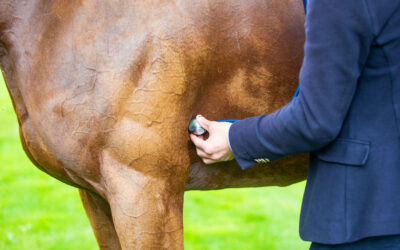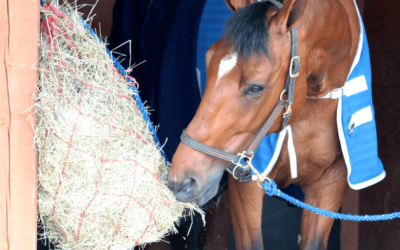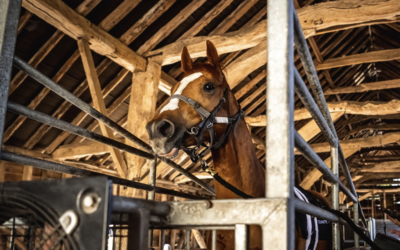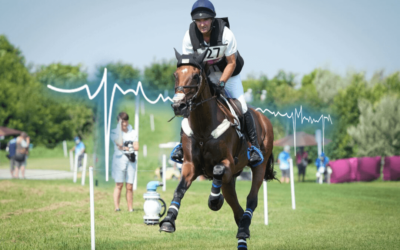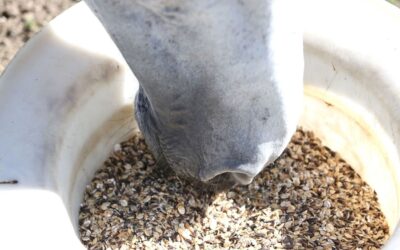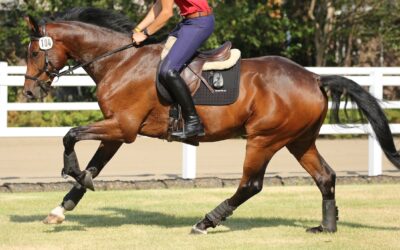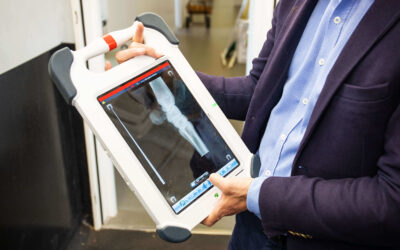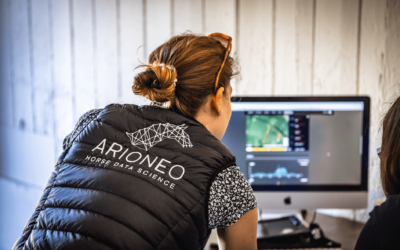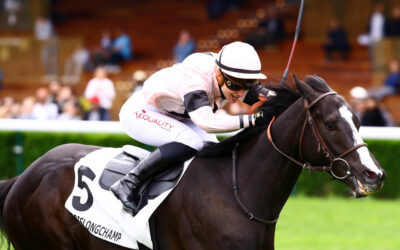EXPLORE
OUR BLOG
Here you will find information about performance and health measurements as well as tips about athlete horse health monitoring, telemedicine cases and equine well-being.

Subscribe to our newsletter
LATEST ARTICLES
ALL ARTICLES
Interpretation bias in equine medicine
These cognitive biases can be detrimental to the practice of equine veterinary medicine, leading to diagnostic errors, incorrect patient management and problems in the owner-veterinarian relationship.
Sports horses: what dietary supplements for what needs?
Horse supplements are products designed to provide additional nutrients to supplement their basic diet. They are used to meet specific needs, improve the health, well-being and performance of horses. However, they should not be used as a substitute for a balanced and appropriate diet.
The various equine respiratory diseases
The various equine respiratory pathologies can have a significant impact on the animal’s general health and compromise its ability to make any effort. In horses, they can result from a variety of factors, such as the environment, the level of health or the circulation of viruses and diseases.
Heart rate: the horse athlete’s health asset
Horses are top-level athletes. To maximise its performance while preserving its health, it is essential to understand the various aspects of its physiology. Among these, heart rate plays a fundamental role: it provides an insight into the efficiency of the heart function and the athlete’s overall state of health.
Equine athletes: how nutrition boosts their performance
Behind the performance of equine athletes lies an essential element that contributes to their success: nutrition. It plays a vital role in developing and maintaining performance, and these athletes require a balanced diet specifically adapted to their physiological and energy needs. As a result, a horse’s diet has a significant impact on its physical condition, endurance, recovery and general health.
Mounted veterinary exam: how to assess the health of working horses?
The mounted veterinary examination plays an essential role in assessing the health and well-being of equine athletes. Among other things, it helps to ensure that horses are in optimum physical condition and to prevent potential health problems. As a complement to conventional medicine, these examinations enable vets to assess the overall health of the horse during its activity, focusing on locomotion, breathing, the cardiovascular and musculoskeletal systems.
Horse rehabilitation protocol: data-driven adaptation
The rehabilitation protocol is an integral part of a sport horse’s life, as it is exposed to many physical and athletic efforts. These demands sometimes result in injuries affecting health, well-being and performance. Treatment must then be provided, requiring a rehabilitation protocol to optimize the horse’s return to work.
Personalised support: Arioneo’s Data Success Manager
Today, data plays an essential role in making informed business decisions. Companies collect and generate massive amounts of data, but transforming that data into actionable insights and tangible results is often a major challenge. That’s where Data Success Managers (DSMs) come in – professionals who are in control of the data and responsible for maximising its value.
Muscular contractures in athletic horses: management and prevention through technology
Muscle contractures in sport horses are a major concern for owners and equine health professionals. These muscle problems can have a significant impact on a horse’s sporting performance and well-being.
However, thanks to advances in equine health technology, we now have innovative solutions to better manage and prevent muscle contractures.
.

